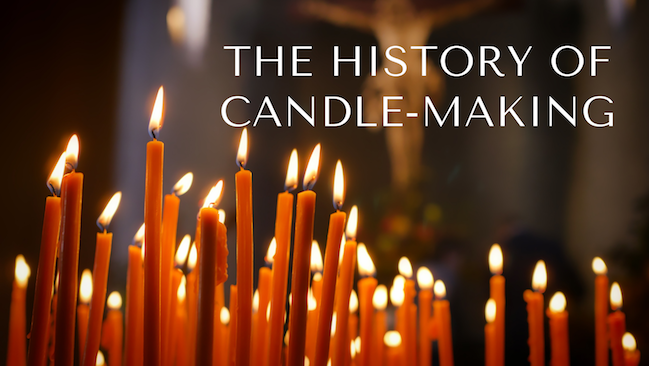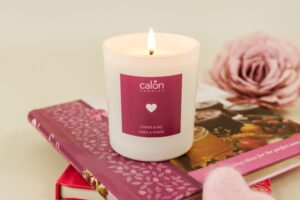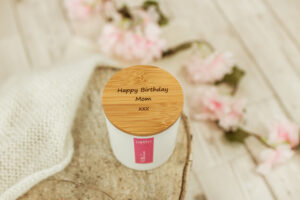The History of Candle-Making written by Calon Home, a small Welsh candle business in Carmarthenshire, UK.
The humble candle has been used as a source of light or to add ambience to celebrations for more than 5,000 years. Despite this fact, in the grand scheme of things, little is known about their origins.
Early Wicked Candles
The Egyptians may have been using wicked candles in 3000 BC; however, the ancient Romans were using the wicked candle before this time. The ancient Roman wicked candle was created by dipping rolls of papyrus in melted beeswax or animal fat, and these candles were used to light homes, guide travellers, and during ceremonies too.
At the same time, historians have discovered evidence that many other early civilisations also developed their own wicked candles using materials made from plants and insects. For example, early Chinese candles were formed in paper tubes using a rolls of rice paper as a wick, and wax made from a local species of insect and seeds. In Japan, tree nuts were used to make candles, and India was home to wax candles derived from the cinnamon tree’s fruits.
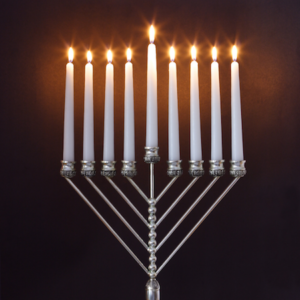
It is also common knowledge that candles have always played a key role in some religious ceremonies. Hanukkah, for example, focuses on the lighting of candles and dates to 165 BC. There are even mentions of candles in the Bible, and apparently Emperor Constantine requested the use of candles during services in the 4th century.
Middle Ages
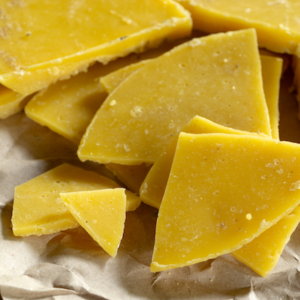 Most of the early Western cultures used animal fats to create their candles until beeswax candles were introduced in the Middle Ages across Europe. Unlike animal fats, beeswax has a clean burn without all the smoke and nasty odour that can be produced by tallow.
Most of the early Western cultures used animal fats to create their candles until beeswax candles were introduced in the Middle Ages across Europe. Unlike animal fats, beeswax has a clean burn without all the smoke and nasty odour that can be produced by tallow.
However, beeswax candles were expensive, and so were only really used for church services and by the wealthy.
As a result of the cost, tallow candles were most used by regular households across all of Europe, and candle making became a guild craft in England and France. Candlemakers either worked in their own small shops or went from house to house making candles from the kitchen fats that had been specially saved for this purpose.
Colonial Era
America’s first contribution to the world of candle making came from colonial women who discovered bayberry bushes could be boiled to produce a sweet, clean-burning wax. However, the process of producing this wax was tedious, and so this type of candle never really took off.
In the 18th century, the whaling industry was growing, and this saw spermaceti (a wax made by crystallising sperm whale oil) become readily available. Much like beeswax, spermaceti did not have an awful odour when burned, and produced a brighter flame. This wax was hardier than both tallow and beeswax, so it didn’t soften in the summer sun.
19th Century
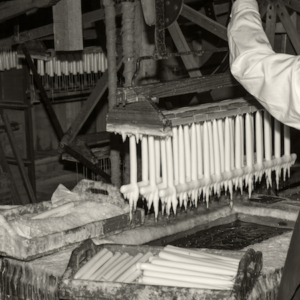 Most major improvements in candle making occurred in the 19th century. In the 1820s, a French chemist discovered how to refine stearic acid. This discovery led to the creation of stearin wax, which is durable and burns cleanly. In fact, this type of candle is still popular in Europe.
Most major improvements in candle making occurred in the 19th century. In the 1820s, a French chemist discovered how to refine stearic acid. This discovery led to the creation of stearin wax, which is durable and burns cleanly. In fact, this type of candle is still popular in Europe.
Joseph Morgan invented a candle-dipping machine that allowed for continuous production of candles in 1834. This development of a mechanised production method meant that candles could become affordable for all, rather than just being a luxury only the rich could afford.
The 1850s saw the introduction of paraffin wax, after chemicals learned how to separate and refine it from petroleum. Paraffin would give the candle making industry a much-needed boost as it had a cleaner burn and was more economical to manufacture. It did have a low burning point, however, but this was rectified by simply adding stearic acid to the mix.
20th Century
Demand for candles had begun to wane at the end of the 19th century following the development of the lightbulb, however this did begin to pick up again in the first half of the 20th century.
Popularity remained steady until the 1980s, when demand for candles as décor and gifts began to rapidly increase. As a result of this increase, candles in a range of shapes, sizes, colours, and scents began to appear.
Modern Scented Candles
Today, candles are growing more and more popular. They may no longer be used as a primary light source, but they are now commonly used to create a romantic atmosphere, to scent your home, to calm the senses, to add tradition and atmosphere to ceremonies and also to simply look good as part of your home décor.
Modern scented candles are available in a wide range of fragrances, with factory and handmade candles being available in a variety of scents. They are typically made from either a mineral wax such as paraffin; beeswax; or a plant-based wax. Often candle companies blend two types of wax together, such as parasoy for example which is a paraffin and soy blend.
Here at Calon Home based in Carmarthenshire, Wales we offer our luxury handmade Signature Candles in citrus, floral, fruity, and oriental and woody scents to name but a few. We use a rapeseed and coconut blend wax which is vegan, cruelty-free and burns cleaner and longer than many others. What’s more, in addition to a beautiful candle, we can even engrave a few meaningful words onto the lid which accompanies your candle for a truly unique gift. See for yourself with our most popular candle. We post out to all corners of the globe for a flat rate too and we have loyal customers in America, Australia and Spain to name just a few.

